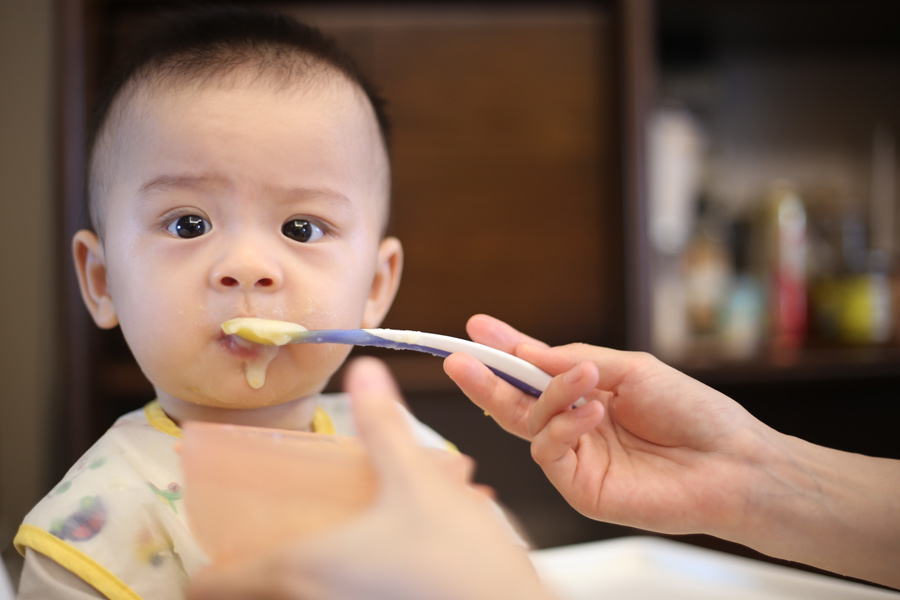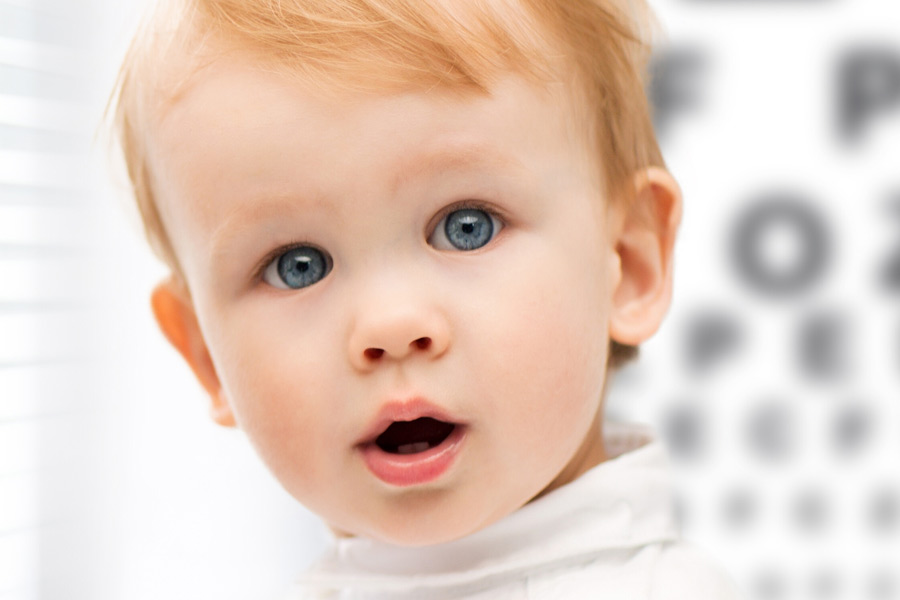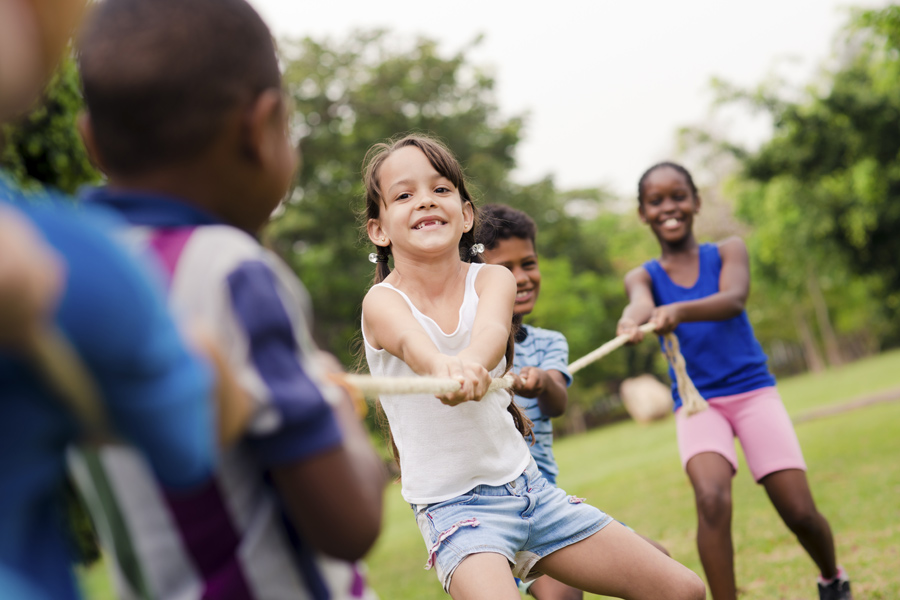
Early Intervention and Picky Eaters
November 16, 2019
Childhood Visual Impairment
January 10, 2020By TEIS Early Intervention Staff
Social and Emotional Learning
What is SEL?
Social and emotional learning is not new; it affects everyone, every day. It’s about self-awareness, self-control, and the interpersonal learning skills that are a part of school, work, and personal relationships.
SEL started with The Collaborative for Academic, Social, and Emotional Learning (CASEL) and from a meeting hosted by the Fetzer Institute in 1994. Comprised of a distinguished national leadership team, the purpose of CASEL was to identify key issues in advancing the science and practice of Social and Emotional Learning (SEL).
Research has shown that:
- Students with good SEL skills are 42% less likely to be involved in physical aggression.
- Academic achievement increases 13% in students with a good SEL foundation.
- 79% of employers say SEL skills are the most important qualities for job success.
Ultimately, Social Emotional Learning (SEL) is the process through which both children and adults understand and manage emotions, set and achieve positive goals, and feel and show empathy for others. It helps us all to establish and maintain positive relationships and make responsible decisions.
SEL Development in Children
Social and emotional learning is very important when it comes to helping preschool children understand and manage their emotions. Many positive outcomes have been documented in over a decade of research, including prevention of bullying and drug use, lowered drop out rates, and increased academic performance.
SEL leads to positive behavior, better problem solving, and healthier life choices. It helps children to thrive, schools to more effectively meet their educational goals, and workplaces to benefit through better preparation of youth to enter the labor market.
Where have you seen SEL before? Decades before educators were familiar with the term “social and emotional leaning,” Fred Rogers was teaching the tenets of SEL on Mister Rogers’ Neighborhood, such as recognizing and owning the emotions you are feeling at any given moment. Just as Mr. Rogers taught a generation of children to be warm and kind to one another, SEL follows principles of consciously crating a nurturing, caring, and safe environment.
The Impact of SEL
How do children experience the benefits of social and emotional learning throughout their lives? The SEL approach aids children in developing skills that provide a solid foundation for life success.
SEL skills improve attitudes toward school and help increase classroom performance.
SEL gives children the ability to handle emotional distress with less depression, anxiety, and behavioral problems.
SEL promotes positive social behavior, including better social interaction skills in student, teacher, and parent relationships.
Not all children have the opportunity to learn these concepts at home, and for those that do, the cognitive and behavioral developments of SEL are rarely reinforced in typical educational settings.
Would you like to learn more about Social and Emotional Learning? Call TEIS Early Intervention at 412-271-8347 or Text INFO to 412-543-8398 During Regular Business Hours (8:00 am to 4:00 pm, M-F).
Reference Links for More Information
Committee for Children | Social-Emotional Learning Affects Everyone, Every Day
CASEL | What is SEL?
Options for Youth | Four Major Benefits of Social/Emotional Learning


